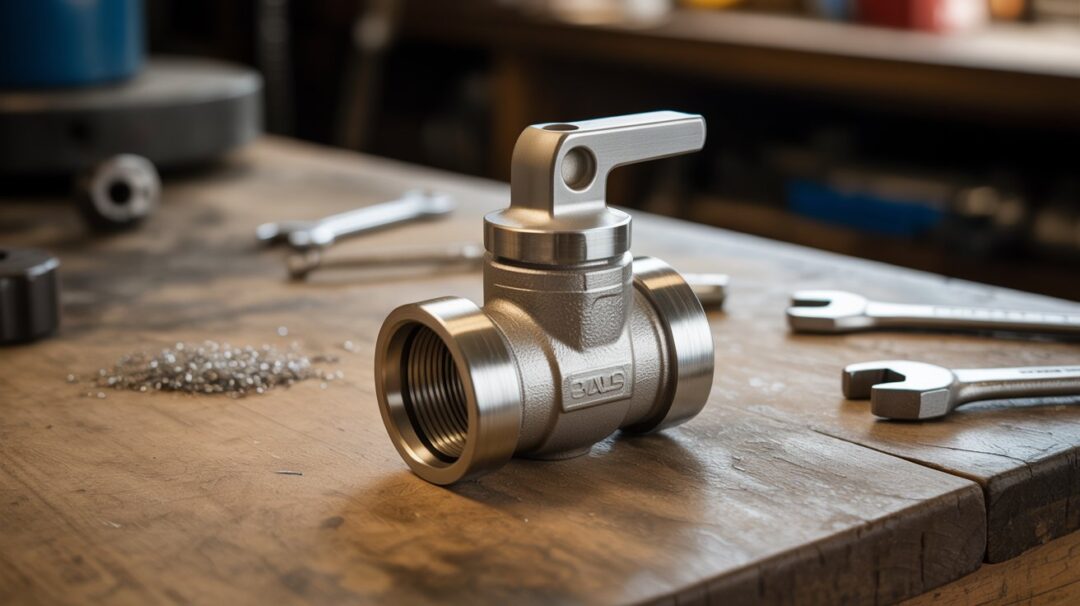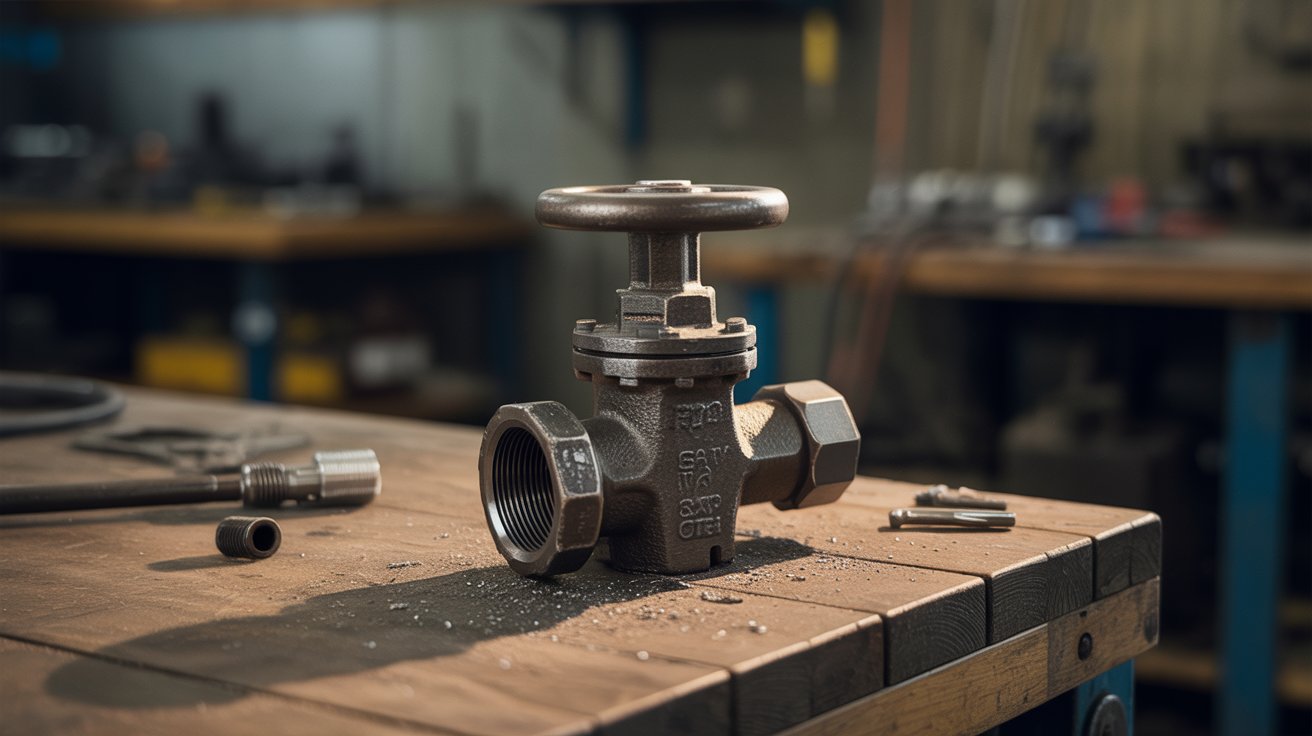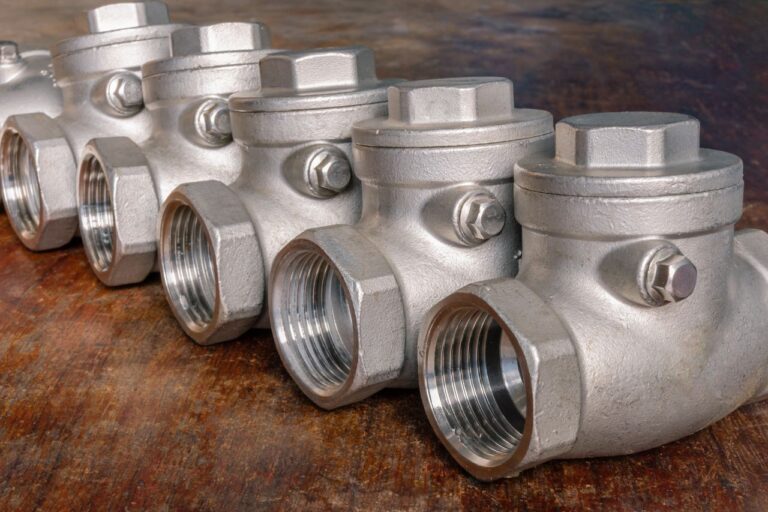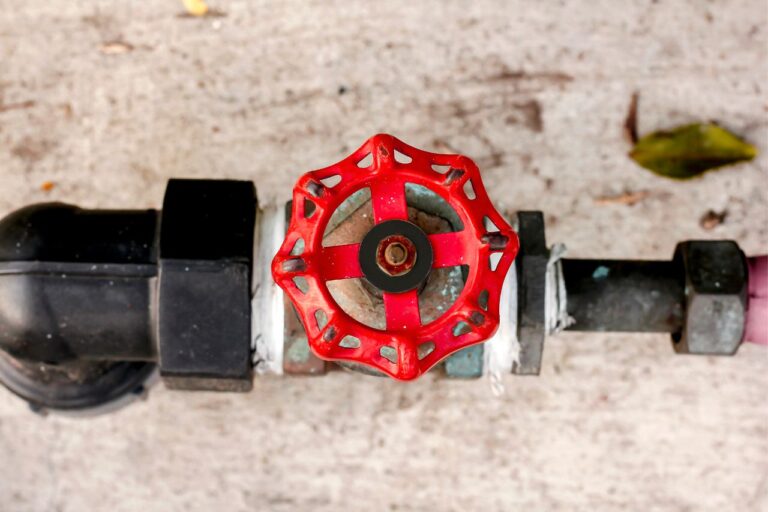Understanding the Importance of Shutoff Valves
Have you ever thought about what happens behind the scenes that allows you to control the flow of water, gas, or other fluids in your home or workplace? You might be turning a knob or pressing a lever without giving too much thought to it. The device responsible for this crucial function is called a shutoff valve. Let’s spend some time uncovering how these unsung heroes of piping and plumbing systems are vital for everyday operations.
Understanding Shutoff Valves
As one of the essential components in most piping systems, shutoff valves are more critical than you might initially think. They play a fundamental role in managing and maintaining flow within various systems, ensuring safety and functionality. These valves allow you to control the flow of fluids with precision, providing a level of control that is both practical and essential. Whether it’s stopping water flow to a faucet, shutting off gas supply in case of a leak, or isolating a section of pipe for maintenance, shutoff valves are indispensable.
What Are Shutoff Valves?
Shutoff valves are mechanical devices installed in piping systems to control the flow of liquids, gases, or steam. By operating these valves, you can either allow a substance to pass through a pipe or halt its movement altogether. Available in various designs and sizes, these valves are tailored to meet specific needs and conditions. Depending on their application, materials, and mechanisms, shutoff valves might appear simple on the surface, but beneath that exterior lies pivotal complexity and precision.
Types of Shutoff Valves
Understanding the different types of shutoff valves is essential as it helps you choose the right valve for a specific purpose. Some common types of shutoff valves include:
- Ball Valves: These offer a reliable and effective way of shutting off the flow. They feature a spherical disc to manage flow and are well-regarded for their durability and ability to provide quick shut-off.
- Gate Valves: Known for their ability to control flow precisely, gate valves use a gate-like disc that moves up and down to open or close a path.
- Globe Valves: Utilized for regulating flow in a pipeline, globe valves are ideal where precise flow control is required.
- Butterfly Valves: Known for their lightweight design and cost-effectiveness, butterfly valves are also popular due to the minimal space they require.
- Check Valves: These allow biological fluids and gases to flow in only one direction and are often used in systems where backflow could cause problems.
How Shutoff Valves Work
Shutoff valves typically operate through a mechanism that either physically blocks the flow of fluid or directs it away. The method of operation depends on the type of valve:
- In ball valves, rotating a lever moves the ball into position, aligning or blocking a passageway.
- For gate valves, turning a wheel raises or lowers a solid gate within the path of the fluid.
- Globe valves use a plug-like disc moving along the seat to regulate or halt flow.
- Butterfly valves employ a rotating disc to either align with the passage, allowing flow, or perpendicular to block it.
Application of Shutoff Valves
Shutoff valves are utilized across a wide array of industries and domestic settings. Their usage spans homes, commercial buildings, industrial facilities, and specialized areas such as petrochemical plants, pharmaceutical industries, and water treatment facilities. Understanding their applications is critical for appreciating their importance.
Domestic Applications
In homes, shutoff valves are commonly found under sinks, behind toilets, or along gas lines. They allow residents to control water flow within fixtures for maintenance or in emergencies like leaks. Gas supply lines also host shutoff valves for safety reasons, with precise control essential for preventing accidents.
Industrial Applications
Industries utilize shutoff valves extensively, given the inherent complexity and scale of their piping systems. For example, manufacturing plants need numerous valves to regulate various fluids efficiently. Shutoff valves are significant in managing these systems safely and effectively, complying with industry-specific safety standards.
Emergency Use
In emergencies, the ability to halt the flow of water, gas, or other fluids can prevent disasters. In events such as a gas leak or a burst pipe, quickly accessing the shutoff valve can be the difference between a minor inconvenience and a major incident.

Importance of Correct Valve Selection
Selecting an appropriate shutoff valve involves considering the specific needs, conditions, and types of systems in which they are to be installed. Consequently, choosing the wrong type could lead to poor flow control, increased wear and tear, or worse, system failures.
Factors to Consider
Several factors should be examined while selecting shutoff valves:
- Type of Fluid: Consider whether the fluid is liquid, gas, or slurry, as certain valves are better suited to specific substances.
- Pressure and Temperature: The operational pressure and temperature of the system can impact the valve material and design required.
- Flow Characteristics: Understanding the flow rate and required precision helps in choosing the appropriate valve type.
- Valve Material: The material should be compatible with the fluid to resist corrosion and wear.
- Maintenance Requirements: Some valves require more maintenance than others, which should be considered if the system is difficult to access.
Valve Sizing and Installation
Correct sizing and installation are vital for ensuring that a shutoff valve functions properly. Misalignment or incorrect sizing can lead to inefficiencies and potential failures. Proper training or consulting with valve experts is advisable for this critical step.
Maintenance and Safety Considerations
Proper maintenance of shutoff valves ensures longevity and functionality, helping prevent unwanted leaks or malfunctions. Regular checks and proactive replacement schedules can alleviate costly repairs and risks associated with valve failures.
Regular Inspection
Regular inspection of shutoff valves includes checking for leaks, ensuring smooth operation, and inspecting for signs of wear and tear. Documenting inspection results helps in monitoring trends and identifying potential issues early.
Troubleshooting Common Problems
Common problems encountered with shutoff valves are often due to debris buildup, corrosion, or mechanical failures. Regular maintenance and prompt troubleshooting can prevent small issues from escalating into larger concerns. Common solutions may include cleaning, lubricating, or replacing worn components.
Safety Measures
Safety is paramount in handling shutoff valves. Proper training in their operation and emergency protocols ensures safety for users and systems. Workers handling high-pressure or hazardous fluids especially need to observe safety protocols to prevent accidents.

Future Trends and Innovations
As technology advances, so do innovations within the piping and plumbing industry, including shutoff valves. Advancements in materials, design, and automation are opening new pathways, enhancing both the efficiency and functionality of shutoff valves.
Automated Valve Systems
The advent of automated valve systems introduces remote monitoring and control capabilities, which are particularly beneficial in industrial settings for improving efficiency and safety. Automation allows for real-time adjustments based on system needs, reducing manual intervention.
Smart Valves
Developments in the Internet of Things (IoT) have led to the innovation of smart valves that can predict failures, monitor conditions, and optimize performance without direct human input. This cutting-edge technology offers promising advancements for system management, especially in complex installations.
Sustainable Materials
The push towards sustainability is influencing the materials used in valve construction. Research and development are focused on finding durable materials that reduce environmental impact and meet the ever-evolving standards for both safety and ecological conservation.
Conclusion
Shutoff valves may not always garner significant attention, but their role in flow control and safety is unquestionably critical. By understanding their functions, types, and applications, you can better appreciate their importance in both everyday scenarios and industrial settings. With the ever-evolving nature of technology and heightened awareness of safety and sustainability, shutoff valves continue to advance, promising enhanced functionality, durability, and smarter operation.
Without these ingenious devices, managing systems from your kitchen sink to immense industrial pipelines would be chaotic, highlighting just how essential shutoff valves truly are in maintaining order and safety in our lives.



